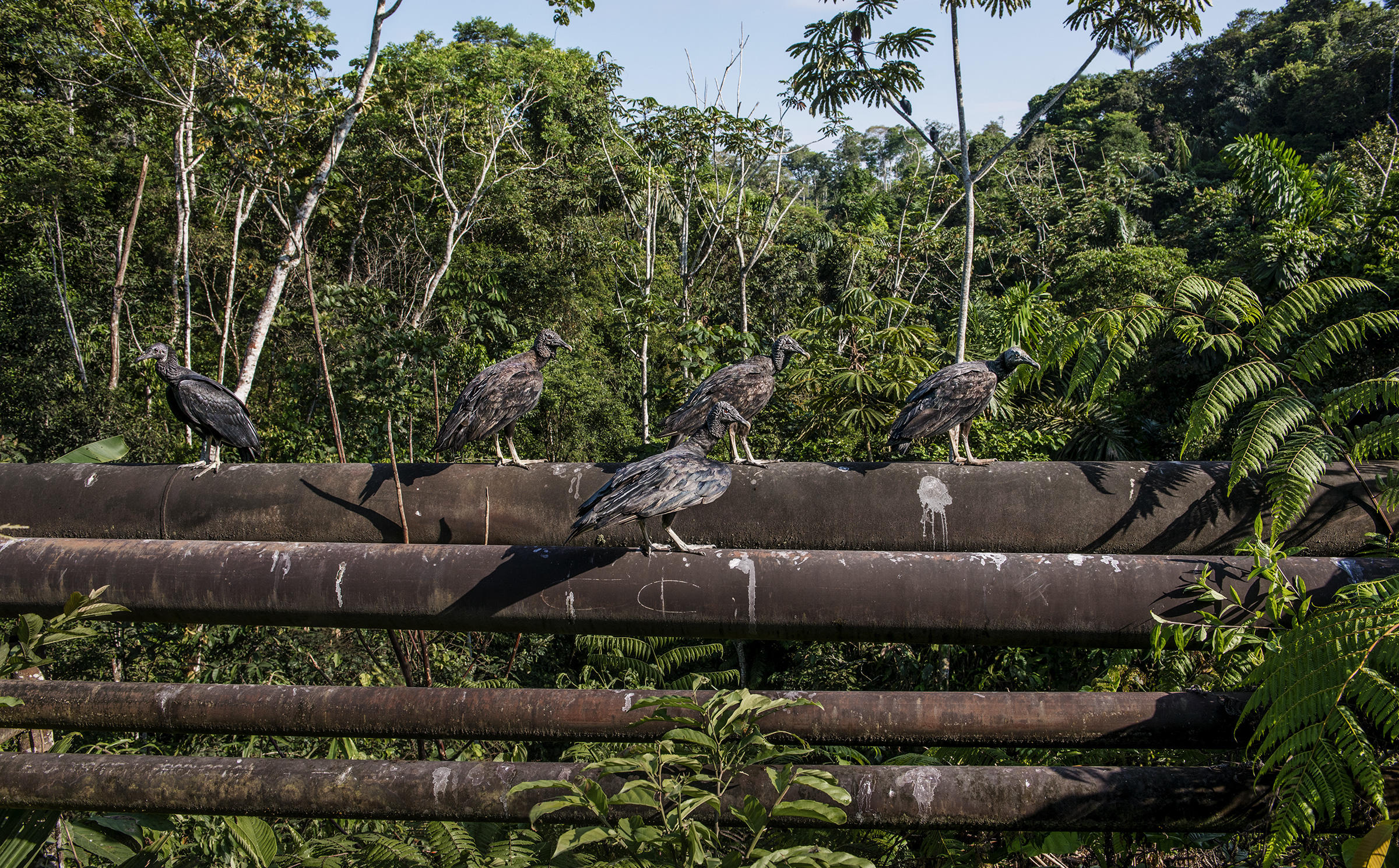RIO DE JANEIRO, BRAZIL – Ecuador was one of the smallest members of the Organization of Petroleum Exporting Countries but decided to leave the association two years ago. It did not want to abide by oil production cuts agreed upon when the treasury needed more revenue.
The urgency for new resources remains, and new President Guillermo Lasso arrived at the Carondelet Palace with plans to double current production. On the one hand, this strategy is met with skepticism in the professional oil world, as it requires billions of dollars in investment; on the other hand, it has set alarm bells ringing among environmental groups in the Amazon.
Read also: Check out our coverage on Ecuador
Of the nearly half a million barrels that the Andean country produces daily from underground, the government would like to have more than one million barrels at the end of its term to balance the ongoing budget deficit.
For Ecuador to double its oil production and exports, it will inevitably have to expand the production limit. Especially in the southeastern Amazon, the least exploited area. Lasso has admitted as much, although he has repeatedly stressed the need to improve the performance of existing wells.

For this reason, President Lasso is careful with every word in his announcements about his petroleum policy when it comes to justifying his intention to expand the business and tries not to anger environmental critics. “We cannot live in extremes,” he said in an interview for a local media outlet, “neither in wild extractivism nor in conservatism that limits our development opportunities.”
That philosophy is already on paper in a presidential decree issued in July to revive national petroleum activity to attract private investment in the face of declining oil production. When Ecuador’s withdrawal from OPEC was announced, the treasury expected to receive revenue from the sale of about 540,000 barrels per day.
A year later, in October 2020, they had already fallen to 508,000 barrels. And now, with the government talking about an 8 percent increase in production by December, official statistics from June show that only 473,000 barrels per day are being produced.
Energy Minister Juan Carlos Bermeo is calling on the government to take advantage of the private-sector interest and foreign investment in the oil industry “today” and not wait for “tomorrow.”
According to government estimates, Ecuador could cover its US$7 billion annual budget deficit and even run a surplus if, for US$50 per barrel, it achieves its goal of doubling production, which has been stagnant for two decades.
But it is the lack of resources that stands in the way of this goal. To improve the performance of old wells and develop some 2,000 new ones, the country will have to invest billions that can only come from the private sector.
Therefore, the new decree provides for tax exemptions and changes the nature of the contract with private oil companies from a service contract to a participation contract.
Companies that operate Ecuadorian wells and now deliver all barrel production in exchange for a fee for their services can move to a model in which the state and the company share profits – at an agreed percentage – from the crude they extract from the subsoil.
This change will be more attractive to investors, according to the government.

